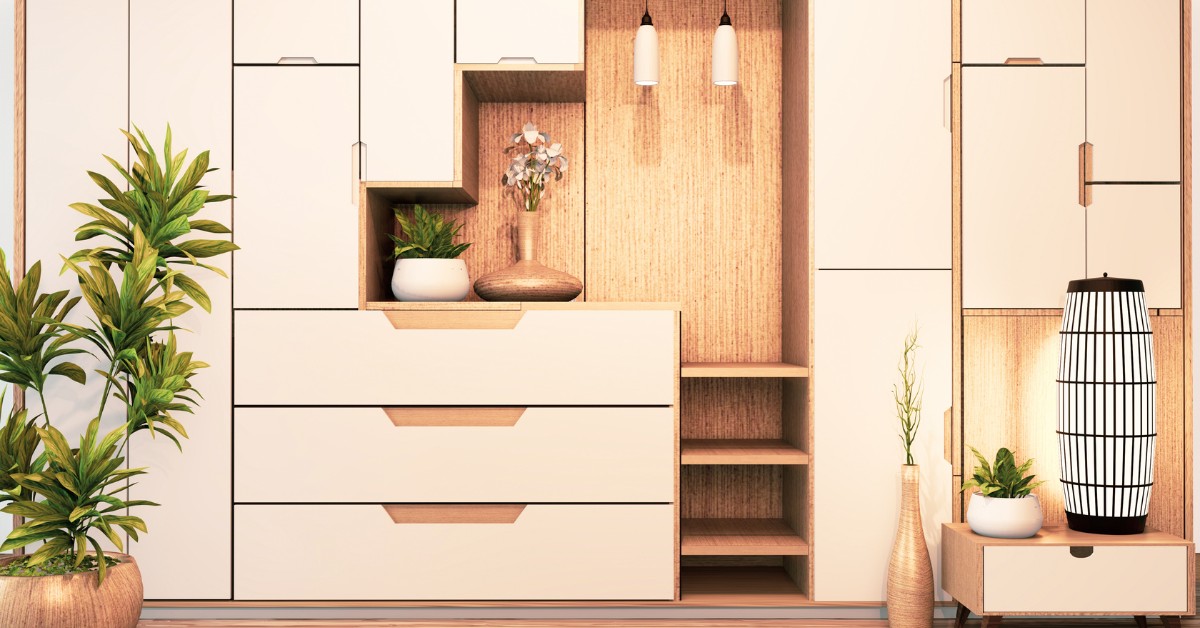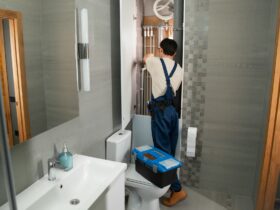Custom cabinetry does more than fill wall space—it sets the visual rhythm of a kitchen, bath, mudroom, bar, or built-in media wall. Door shapes, overlay reveals, finish colors, wood grain direction, and hardware scale all work together to broadcast style: modern, farmhouse, classic, industrial, or something uniquely yours. Because custom shops build to order, you’re free to combine construction methods and design elements that stock cabinets can’t match. Use the guide below to understand major style moves, narrow your options, and brief your cabinet maker with confidence.
Read the Language of Cabinet Style
Before choosing a look, get comfortable with a few terms that drive style outcomes. Face frame vs frameless determines how much cabinet box shows. Inset, partial overlay, and full overlay describe how doors sit relative to the frame. Rail-and-stile widths change visual weight; a thin rail feels contemporary, a thick one reads traditional. Panel treatment (flat, raised, beadboard, slab veneer) is one of the strongest style signals. Edge profiles on doors and countertop reveals reinforce the same message—clean, beveled, ogee, eased, or chamfered. When you combine these decisions, a style emerges.
Core Custom Cabinet Style Families
- Shaker: Clean 5-piece door with flat center panel and square rails; timeless, flexible, pairs with almost any hardware finish.
- Beaded Inset: Door sits flush inside the frame with a decorative bead routed into the frame opening; upscale, heritage look.
- Flat Slab / Euro Frameless: Minimalist doors covering the box; perfect for modern and contemporary spaces, often in high-gloss, matte laminate, or rift-cut veneer.
- Raised Panel Traditional: Profiled center panel adds depth; often seen in formal kitchens and baths with stained woods or glazed paints.
- Transitional Hybrid: Mix Shaker proportions with slightly profiled edges or contrasting island finishes to bridge traditional and modern design.
- Cottage / Beadboard: Vertical bead detail in the panel; great for coastal, farmhouse, or casual mudroom spaces.
- Rustic / Distressed: Knotty species, hand-planed textures, worn edges, or light distress glazing for lodge and mountain looks.
- Industrial Mixed-Material: Metal-framed doors, wire inserts, rivet details, and darker matte finishes combined with reclaimed wood veneers.
- Furniture-Style Built-Ins: Decorative legs, stacked moldings, inset panels on exposed ends; often painted perimeter with stained furniture-look island.
- Contemporary Veneer Match: Bookmatched veneers (walnut, white oak rift, zebrawood) across doors for a continuous grain field; sleek and architectural.
Construction Choices Shape Style
A Shaker door in a frameless box presents very differently than the same door in a beaded inset frame. Frameless construction maximizes interior storage and yields tight, modern reveals; face-frame construction is more forgiving on irregular walls and feels traditional. Inset doors require precise craftsmanship and stable humidity control but deliver a custom furniture vibe. Full overlay hides most of the frame and reads contemporary; partial overlay exposes more frame and nods to classic American cabinetry. Even drawer front choices—5-piece vs slab—shift the style balance.
Finish Strategies That Transform the Same Door
Painted finishes highlight door geometry and hide grain; popular neutrals include warm whites, putty taupes, clay grays, and desaturated greens. Stained finishes showcase species character—quartersawn white oak for subtle striping, walnut for rich brown movement, cherry for warm red undertones. Two-tone schemes (painted uppers, stained base) visually ground the room while keeping it light above. Color blocking an island in a bold tone separates work and social zones. Specialty finishing—cerused oak, brushed stain, low-sheen conversion varnish, layered glazing—adds texture and depth.
Hardware Is the Style Accent
Long linear bar pulls modernize almost any door. Cup pulls and simple knobs evoke classic utility and farmhouse design. Latch-style fasteners lean vintage; integrated finger rails or touch-latch systems disappear hardware entirely for ultra-clean lines. Choose hardware scale proportional to door size—oversized pulls on tall pantry doors, slimmer pulls on narrow drawers. Finish coordination matters: satin brass warms painted cabinets, matte black anchors light woods, polished nickel suits transitional interiors.
Mixing Styles Without Visual Chaos
Successful mixed-style cabinetry follows a hierarchy. Let one dominant style control the perimeter run; introduce contrast at the island or a hutch element. Vary finish, not door style, if you want subtle contrast; vary door style, not finish, for bolder contrast. Open shelves above a slab lower run soften modern kitchens. Glass inserts break up long banks of doors. Tall appliance panels in the primary style keep large stainless surfaces from interrupting the look.
Plan Storage by Daily Routine
Custom means sizing storage to what you actually own. Deep drawers beat base doors for pots, pans, and dishes. Narrow pullouts near the range corral oils and spices. Tray dividers above ovens store baking sheets vertically. Charging drawers hide devices. Tilt-out trays at sink fronts keep brushes off the counter. Built-in hamper pullouts or grooming drawers turn bathroom cabinetry into daily workflow tools. Good design marries style and habit.
Questions to Ask Your Cabinet Maker
- Which box materials and joinery methods do you use in high-humidity areas like baths and laundry?
- How do you finish edges and interior surfaces to resist moisture and cleaning chemicals?
- Can you match or coordinate multiple styles (e.g., Shaker perimeter, slab island) with consistent reveals?
- What allowances exist for appliance panels, interior organizers, and integrated lighting?
- How are color samples approved, and will a finished door sample be provided before production?
- What is the lead time, and how are field measurements verified before fabrication?
Proportion, Scale, and Architectural Fit
Cabinet style should respect ceiling height, window placement, and adjoining rooms. Full-height stacked uppers suit tall ceilings; a generous crown helps transition to nine-foot heights; floating shelves keep low ceilings open. In older homes, inset doors with bead detail echo trim profiles; in lofts, frameless slab doors align with exposed beams and metal. Use end panels, toe-kick treatments, and light valances to visually connect cabinet runs across room transitions.
Style Trends Worth Watching
Muted mid-tone paints (stone, greige, warm green-gray) dominate recent design boards. Rift white oak with clear finish continues strong in modern and Scandinavian-inspired spaces. Painted perimeter with a natural wood island remains popular for adding warmth. Fluted or reeded door inserts are emerging accents. Mixed-metal hardware (brass + black) personalizes otherwise simple door styles.
Bring It All Together
Custom cabinet styles give you the flexibility to match architecture, support workflow, and express personality through finish, hardware, and proportion. Start with the functional needs of the room, choose a dominant style family, and layer in contrast carefully. Confirm construction quality, moisture resistance, and finish durability before committing. With a clear brief and a skilled cabinet maker, your custom cabinets will look intentional, work beautifully, and hold up to years of everyday use.







Leave a Reply